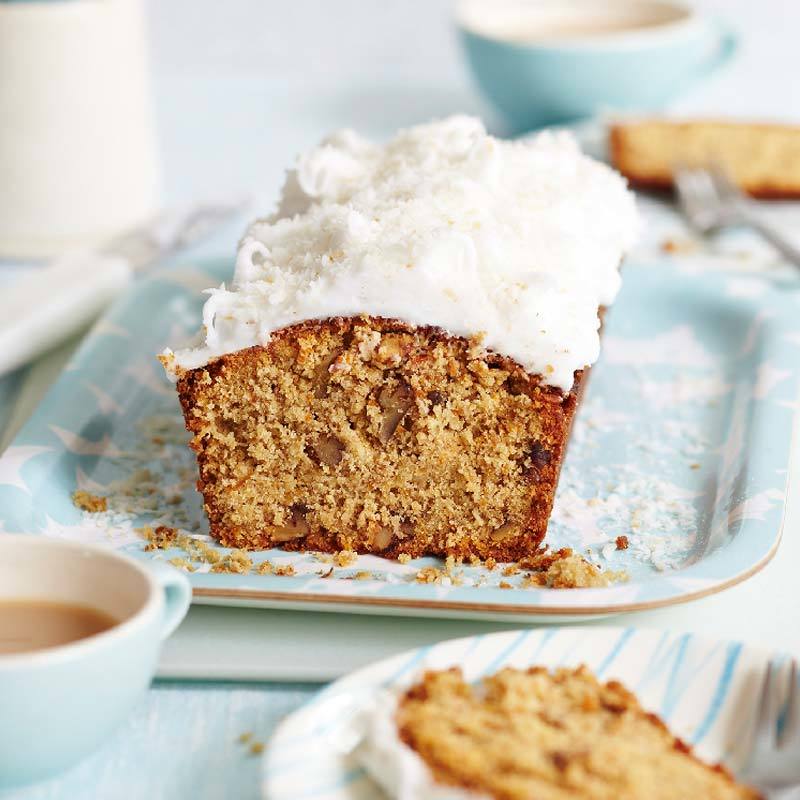

SPOTLIGHT: Organic Coconut Flour
Perfect for diabetics, nut free and packed with protein.
Have you heard about the benefits of cooking with coconut flour? As the rise in gluten and grain free diets continues to grow, many people are looking for alternatives products to use in their kitchens. As well as other organic nut flours, such as almond and peanut, coconut flour is being switched into recipes to replace traditional refined flours.
Coconut flour is essentially what is left over from the coconut meat after the oil & moisture has been extracted to make coconut oil (another favourite of ours). Coconut flour is a naturally sweet, fragrant flour, milled from the dried flesh of fresh coconuts.
It’s also rich in protein, fibre and some fat (although ours has been partially defatted). It’s a great source of lauric acid, a saturated fat that has been widely reported to support the immune system as well as promoting good skin and hair health. Coconut flour also has a very low glycemic index, which makes it appealing to those following a low GI diet.
Baking with coconut flour does however present unique challenges as it’s gluten free and therefore does not behave the same as grain -based flours that we are all used to cooking with. It therefore requires a special technique to yield the best results.


We’ve therefore put together some top tips on how to get the best out of your coconut flour below:
In baking, you cannot substitute coconut flour for wheat or other grain-based flours at a 1:1 ratio. They are not equivalent.
Coconut flour is extraordinarily absorbent and very little coconut flour is needed to successfully produce a recipe. In baked goods, you generally want to substitute 25g to 30g of coconut flour for 100g of grain-based flour.
Coconut flour also contain no – gluten - you will therefore also need to increase the number of eggs you use not only help bind but also add moisture to the mixture. In general, for every 100g of coconut flour you use, we recommend adding four beaten eggs in your recipe, in addition to approx. 75ml liquid such as coconut milk. When baking with coconut flour, we always recommend that you follow a tried and tested recipe to get the best results.
To help with binding, sticky sweeteners like agave nectar or maple syrup should be used.
Coconut flour is clumpy. To produce a fine-textured result, it’s best to beat your coconut flour thoroughly with the other ingredients in your recipe.
The easiest recipes to replace coconut flour with are flapjacks, crumble, pancakes, cupcakes and quick breads.
The ways of using coconut flour is endless. It’s definitely not limited to just cakes, it’s also great for thickening up a curry or soup or adding a teaspoon to a smoothie for an extra hit of fibre. We have lots of great recipes on our website for you to follow – see the recipe section, however to get you inspired we recommend these dreamy Coconut Brownies.

